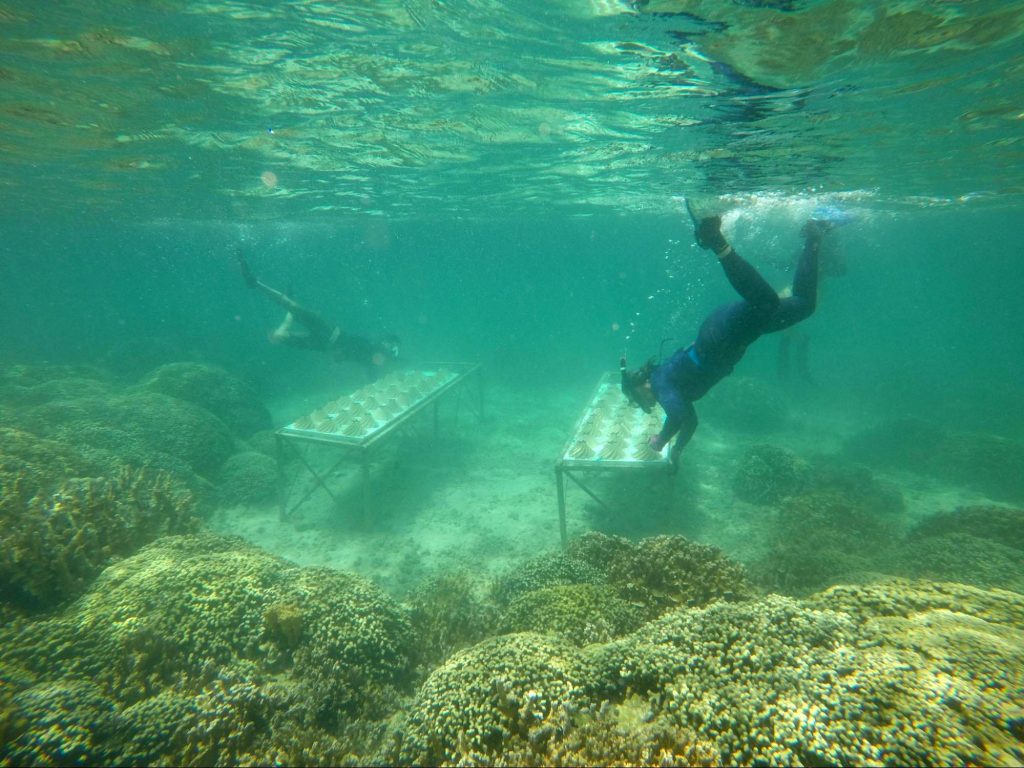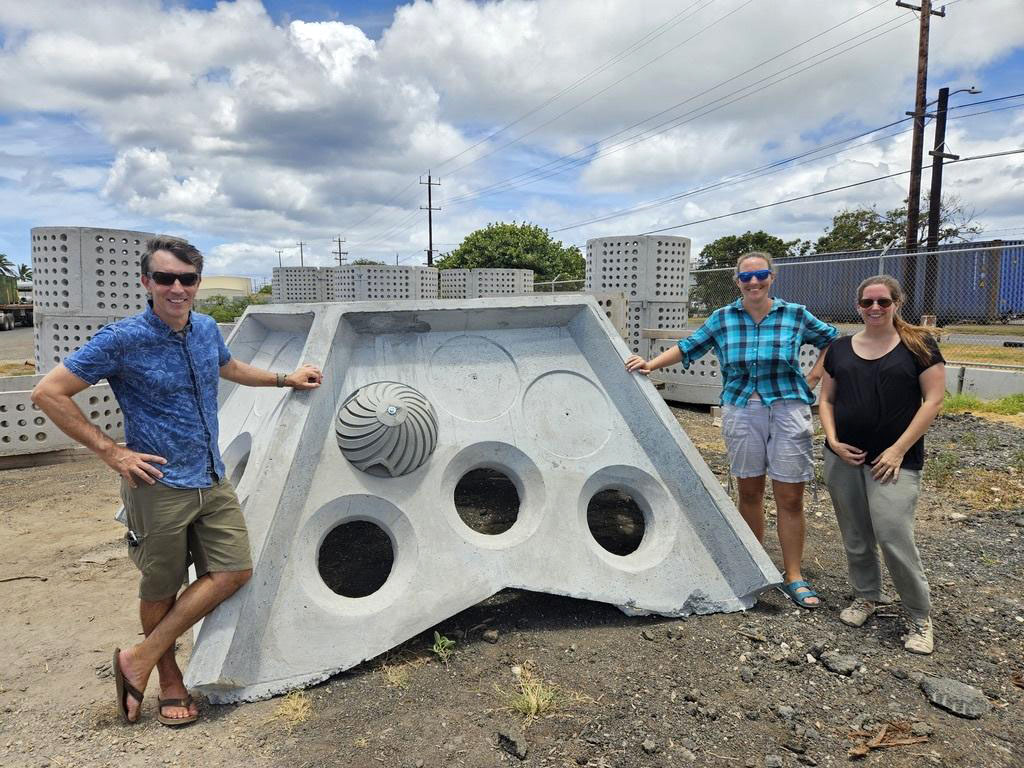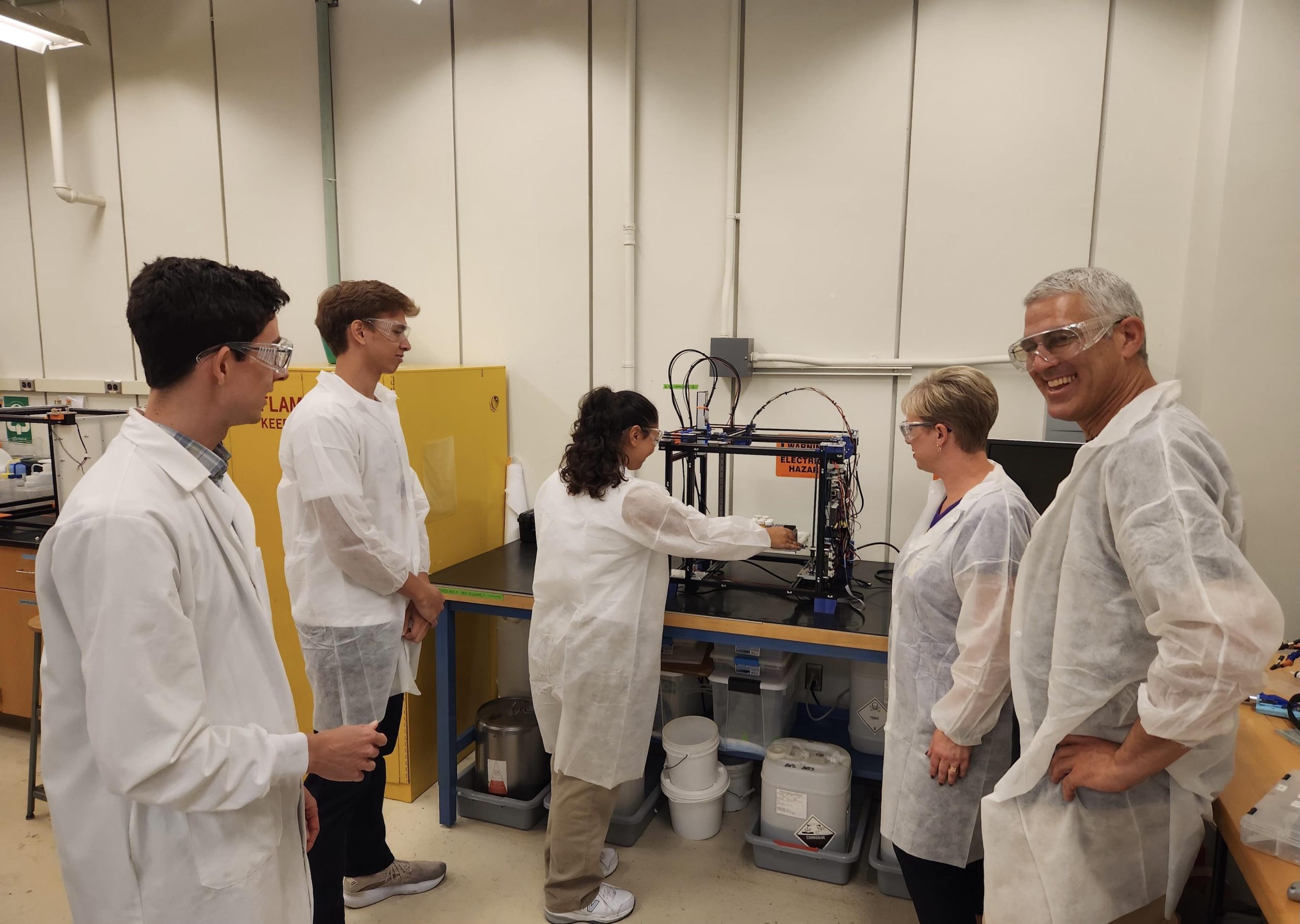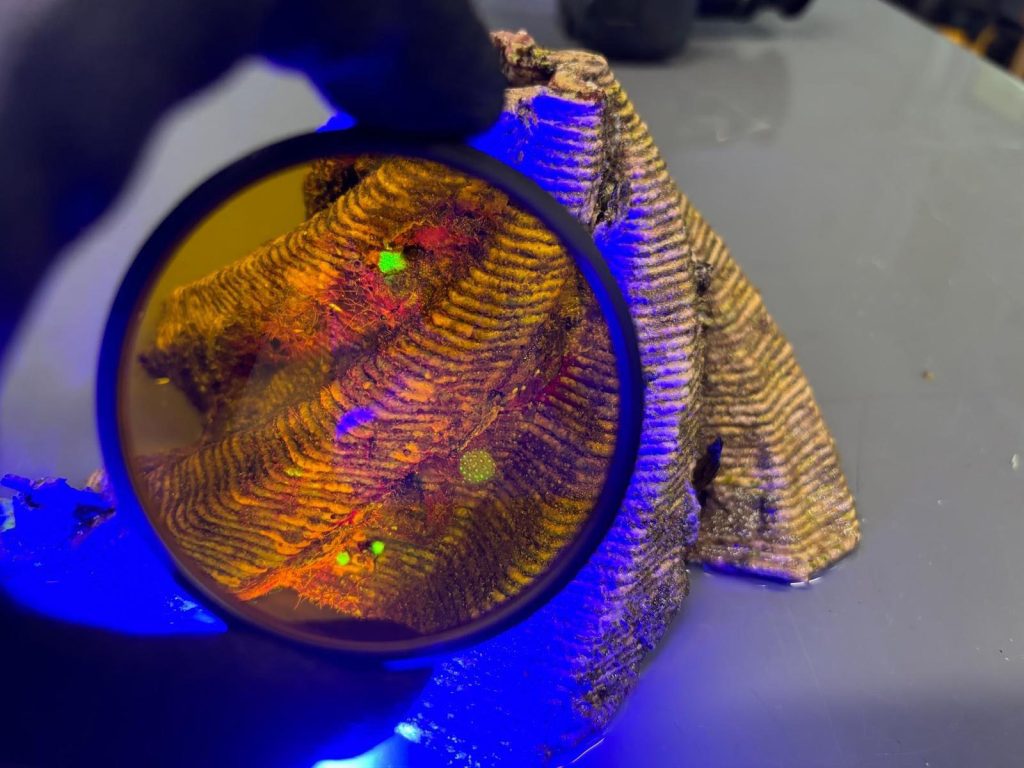Hawaiʻi researchers enhance reef recovery with 3D-printed coral protection
Innovative 3D-printed ceramic structures provide crucial protection for baby corals, with new designs offering a low-cost and scalable solution to enhance reef recovery worldwide.

Scientists at the University of Hawaiʻi at Mānoa’s Hawaiʻi Institute of Marine Biology have helped develop the 3D-printed structures to significantly increase coral survival rates. The structures provide protection for baby corals, offering a low-cost and scalable solution to enhance reef recovery worldwide.
The discovery, published in “Biological Conservation” addresses a critical challenge in reef restoration: the low settlement and survival rates of juvenile corals, which often die before adulthood due to predation, being overgrown by algae, or being swept away by waves.
“We developed structures that help baby corals find safe homes in the reef,” said Josh Madin, principal investigator at Hawaiʻi Institute of Marine Biology’s Geometric Ecology Lab and co-author of the study. “Our new designs, with small spiral-shaped shelters called ‘helix recesses,’ give young corals the protection they need during this critical stage.”

The study found these sheltered spaces hosted about 80 times more baby coral settlements compared to flat surfaces and improved their survival up to 50 times over the course of a year. The idea was inspired by observing coral larvae in nature, which almost always chose small crevices to settle.
“We wondered if we could recreate these safe spaces in structures that could be easily added to reefs for restoration or built into coastal engineering projects,” said Jessica Reichert, lead author of the study and a postdoctoral researcher in HIMB’s Geometric Ecology Lab.
To test this, the team designed and deployed seven different 3D-printed reef modules at two sites in Kāneʻohe Bay. Over the next year, they tracked the settlement and survival of coral recruits, finding the “helix recess” design to be the most successful.

“We expected the helix recess design to help, but we were surprised by the scale of improvement,” Reichert said. “Seeing thousands of baby corals clustered in these tiny shelters, compared to almost none on flat surfaces, was remarkable.”
This method offers a significant complement to current restoration efforts that are often limited by the high cost and labor of rearing and outplanting coral fragments. The new structures are simple to produce, require no ongoing maintenance, and can be integrated into artificial reefs, seawalls, and other coastal infrastructure.
For Hawaiʻi, where coral reefs are vital for coastal protection, fisheries, and cultural heritage, the implications are significant.

“Developing and testing these designs in Hawaiʻi allows the University of Hawaiʻi to provide practical, locally driven solutions that help preserve the ecological, cultural, and community benefits reefs provide across the islands,” Madin said.
The project’s goal is to develop hybrid reef structures that act as living breakwaters to reduce coastal erosion. The helix recess design is intended to attract and shelter coral recruits within these larger structures, helping to create self-sustaining reef systems.



